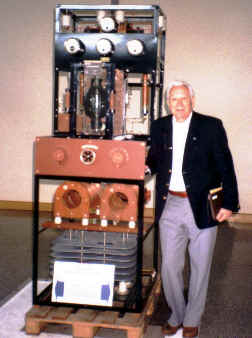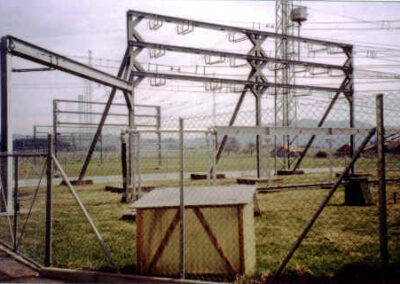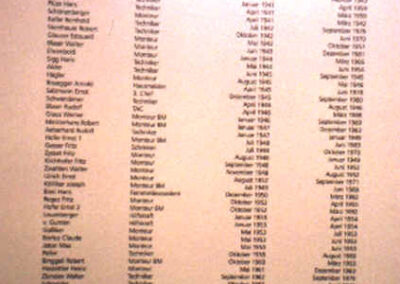SRI’s reporter and journalist Bob Zanotti (one of the world famous Two Bobs) in full swing at Schwarzenburg
Bob Thoman (the other one of the Two Bobs) standing at the side of a vintage transmitter at Schwarzenburg
Check the full article on the Swiss the HF station at Schwarzenburg here










Recent Comments